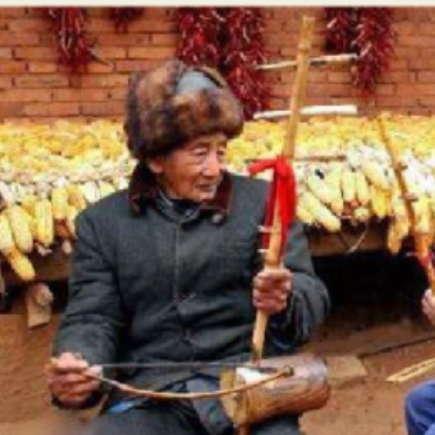History of the Yi Sanhu
The Yi Sanhu is a stringed instrument derived from the Xiqin type. Since the early Qing Dynasty, with the further consolidation and development of the unified multi-ethnic country, the cultural exchanges between various ethnic groups have become more frequent, resulting in the emergence of many new varieties of stringed instruments.

Yang Yinliu, a well-known Chinese music historian, said in the "Drafts of Ancient Chinese Music History" (Chapter 34): "In the Qing Dynasty, in addition to the original two-stringed huqin or erhu, a four-stringed one appeared. The four hus, the Jinghu specially used to accompany Peking Opera... There are also many stringed instruments in the minority areas, such as... the sanxian huqin of the Asi people in the southwest." This kind of sanhu appeared in the Xianfeng and Tongzhi years of the late Qing Dynasty ( AD 1851-1874), it was developed on the basis of the Han bamboo erhu.
 渝公网安备 50010702504639号
渝公网安备 50010702504639号